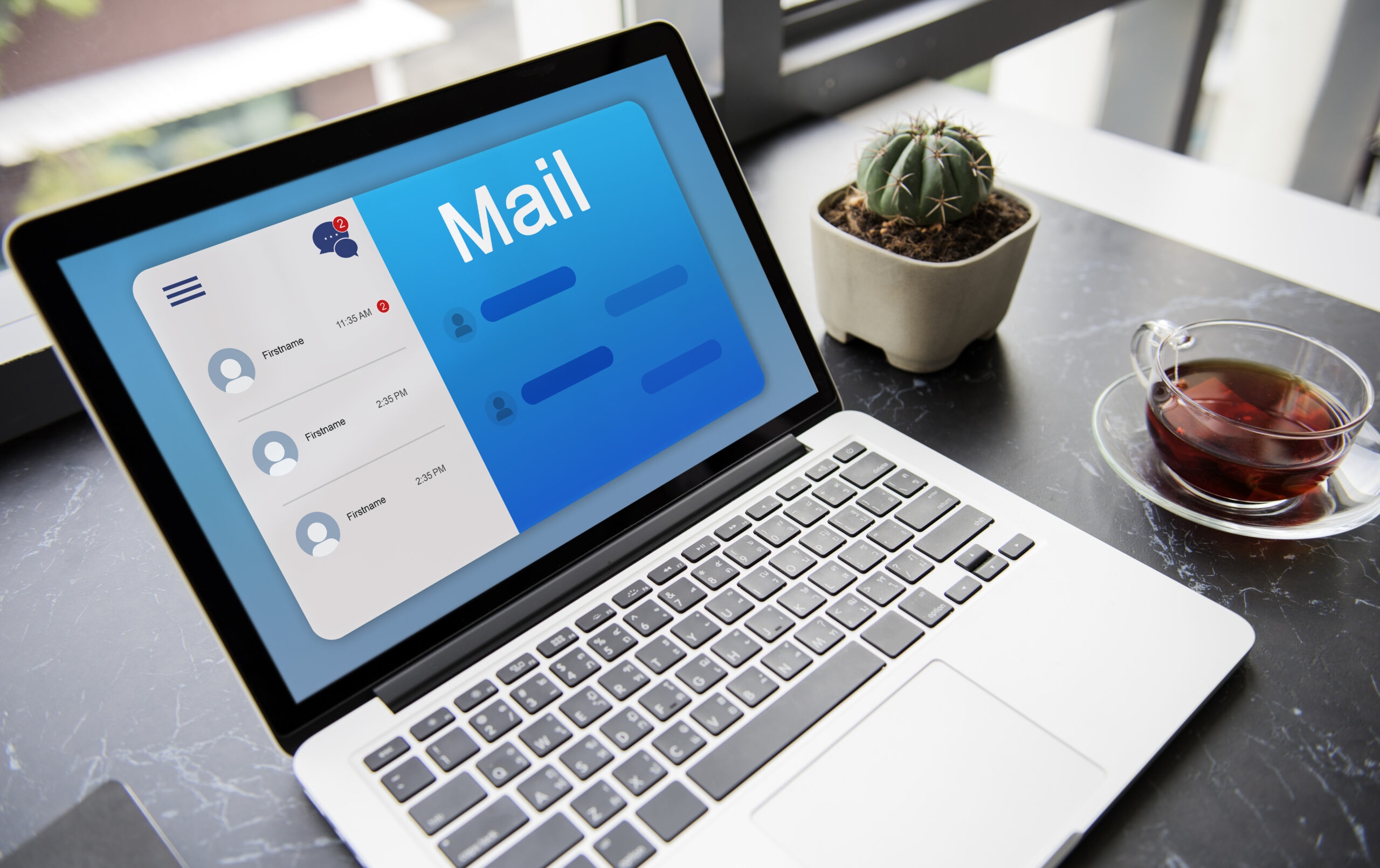How to Become a Freelance Email Marketer
Embarking on a freelance career as an email marketer offers a world of opportunities to showcase your skills, work with diverse clients, and enjoy the flexibility of managing your own schedule. In this comprehensive guide, we’ll walk you through the essential steps to kickstart your journey as a freelance email marketer and set the stage for a successful career. How to Become a Freelance Email Marketer: A Step-by-Step Guide.
Step 1: Acquiring the Necessary Skills:
To thrive in the world of freelance email marketing, start by honing key skills. Master the art of crafting compelling email copy, understanding audience segmentation, and utilizing email marketing tools. Familiarize yourself with analytics to measure the success of campaigns, and stay abreast of industry trends.
Step 2: Building a Portfolio:
Create a portfolio showcasing your expertise. Include examples of past email campaigns, metrics demonstrating your impact, and any relevant certifications or training. A well-curated portfolio is a powerful tool to impress potential clients and demonstrate your capabilities.
Step 3: Establishing an Online Presence:
Craft a professional online presence by setting up a website or creating a profile on freelancing platforms. Clearly articulate your skills, experiences, and the value you bring to clients. Leverage social media to network with industry professionals and potential clients.
Step 4: Networking and Client Acquisition:
Connect with fellow freelancers, attend industry events, and join online forums. Networking is key to building relationships and securing clients. Utilize freelancing platforms like Upwork or Freelancer to find projects and build your client base.
Step 5: Setting Your Rates and Terms:
Determine your pricing structure based on your skill level, experience, and the scope of services offered. Clearly outline your terms and conditions, including project timelines, payment methods, and any additional services. Transparency builds trust with clients.
Step 6: Delivering Exceptional Results:
Exceed client expectations by delivering high-quality work. Communicate effectively, meet deadlines, and be open to feedback. Building a reputation for reliability and excellence will lead to repeat business and positive referrals.
Step 7: Continuous Learning and Adaptation:
Stay ahead in the ever-evolving field of email marketing by continuously learning and adapting to new technologies and strategies. Attend webinars, enroll in courses, and participate in industry communities to stay informed and relevant.
A Deep Dive into Different Types of Email Marketing
Email marketing is a versatile tool that goes beyond simple promotional messages. In this comprehensive guide, we’ll delve into the diverse world of email marketing, exploring various types that businesses and marketers leverage to engage audiences, build relationships, and drive conversions.
1. Promotional Emails:
Promotional emails are designed to showcase products, services, or special offers. These messages aim to entice recipients to make a purchase, take advantage of a discount, or participate in a promotional event. Clear, compelling calls-to-action (CTAs) are crucial in driving conversion rates.
2. Transactional Emails:
Transactional emails are triggered by specific user actions, such as purchases, account registrations, or password resets. Beyond providing necessary information, these emails present an opportunity to reinforce brand identity and encourage additional engagement.
3. Welcome Emails:
Welcome emails are the first touchpoint with a new subscriber or customer. They set the tone for the relationship, express gratitude, and often include important information about the brand. Personalization is key in making a positive first impression.
4. Newsletters:
Newsletters are regular communications that provide valuable content, updates, and insights to subscribers. They go beyond sales pitches, aiming to build a community and establish the sender as an authority in their industry. Compelling content and visually appealing designs are essential.
5. Abandoned Cart Emails:
Abandoned cart emails target users who have added items to their shopping cart but did not complete the purchase. These emails aim to recover potentially lost sales by reminding users of their selected items, offering incentives, or addressing concerns that may have led to abandonment.
6. Re-engagement Emails:
Re-engagement emails target inactive subscribers. By employing enticing subject lines, exclusive offers, or personalized content, these emails aim to reconnect with recipients, rekindle their interests, and prevent them from disengaging permanently.
7. Educational Emails:
Educational emails focus on providing valuable information, insights, or tutorials to the audience. These emails position the sender as an industry expert, nurturing relationships with subscribers by offering knowledge and expertise.
Conclusion:
Becoming a freelance email marketer is an exciting journey that offers both professional and personal fulfillment. By developing your skills, creating a strong online presence, networking, and delivering exceptional results, you can forge a successful freelance career in email marketing. Embrace the dynamic nature of the industry, stay committed to self-improvement, and watch as your freelance career blossoms. The world of opportunities awaits – it’s time to unleash your potential!
As the digital landscape evolves, so does the spectrum of email marketing. By understanding and strategically implementing various types of email campaigns, businesses can create a well-rounded approach that resonates with their audience, drives engagement, and ultimately contributes to overall success in the competitive world of digital marketing.




